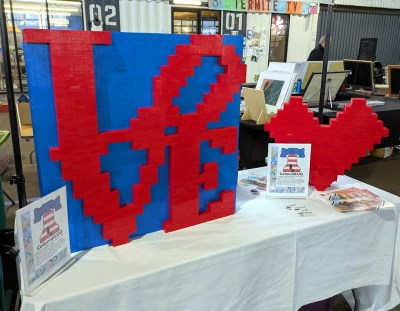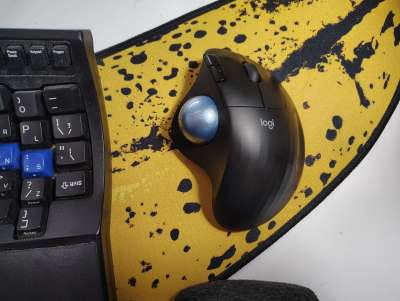Vibe coding is the buzzword of the moment. What is it? The practice of writing software by describing the problem to an AI large language model and using the code it generates. It’s not quite as simple as just letting the AI do your work for you because the developer is supposed to spend time honing and testing the result, and its proponents claim it gives a much more interactive and less tedious coding experience. Here at Hackaday, we are pleased to see the rest of the world catch up, because back in 2023, we were the first mainstream hardware hacking news website to embrace it, to deal with a breakfast-related emergency.
Jokes aside, though, the fad for vibe coding is something which should be taken seriously, because it’s seemingly being used in enough places that vibe coded software will inevitably affect our lives. So here’s the Ask Hackaday: is this a clever and useful tool for making better software more quickly, or a dangerous tool for creating software nobody quite understands, containing bugs which could cause a disaster?
Our approach to writing software has always been one of incrementally building something from the ground up, which satisfies the need. Readers will know that feeling of being in touch with how a project works at all levels, with a nose for immediately diagnosing any problems that might occur. If an AI writes the code for us, the feeling is that we might lose that connection, and inevitably this will lead to less experienced coders quickly getting out of their depth. Is this pessimism, or the grizzled voice of experience? We’d love to know your views in the comments. Are our new AI overlords the new senior developers? Or are they the worst summer interns ever?



















